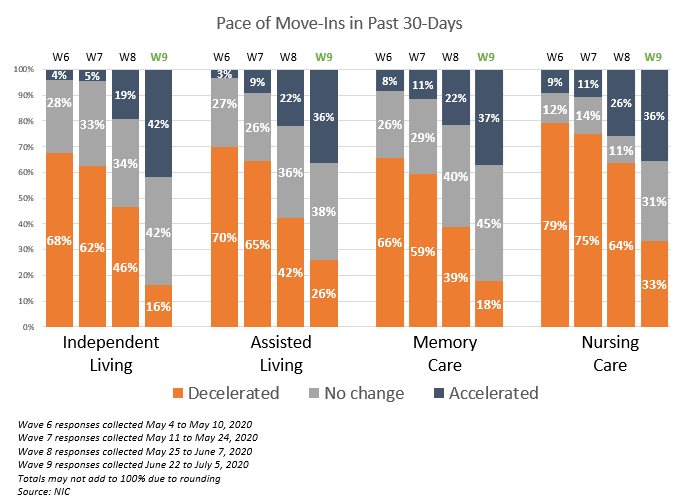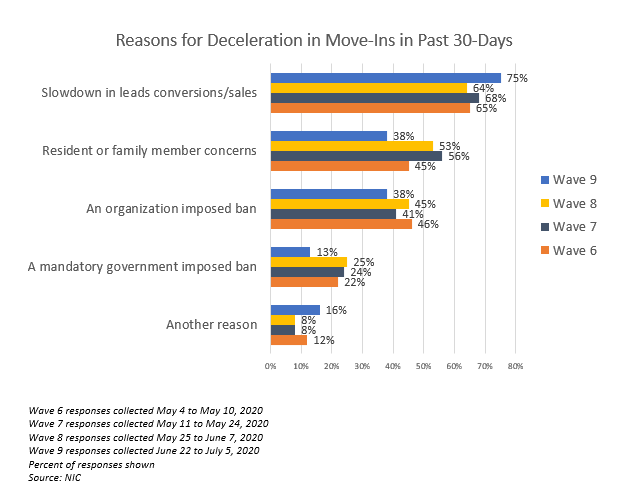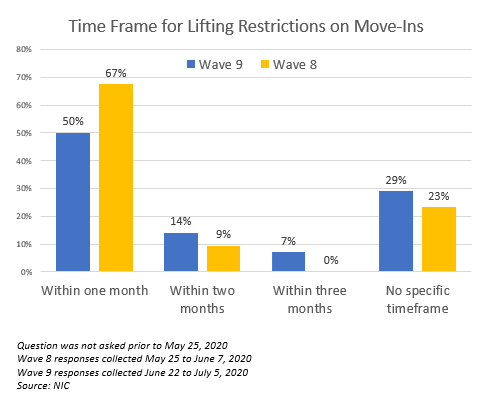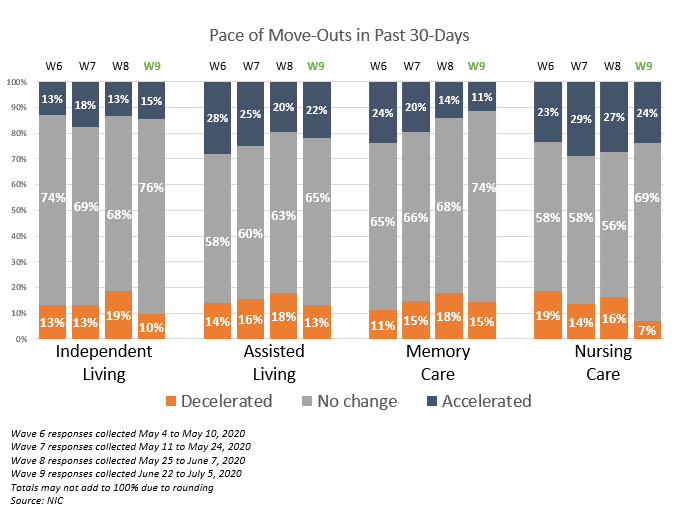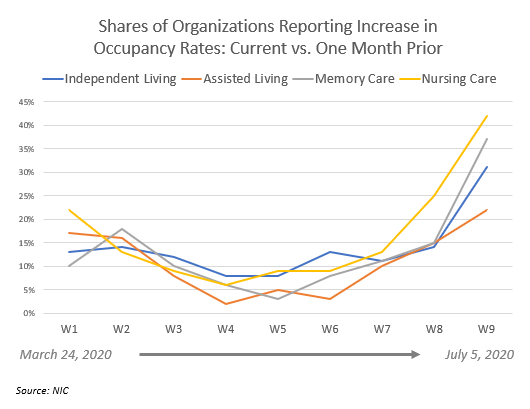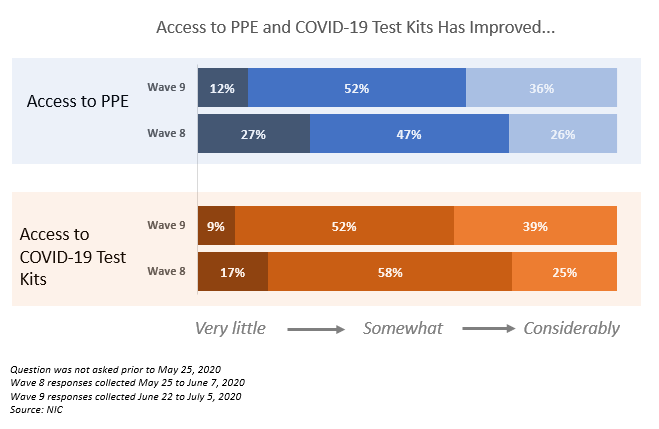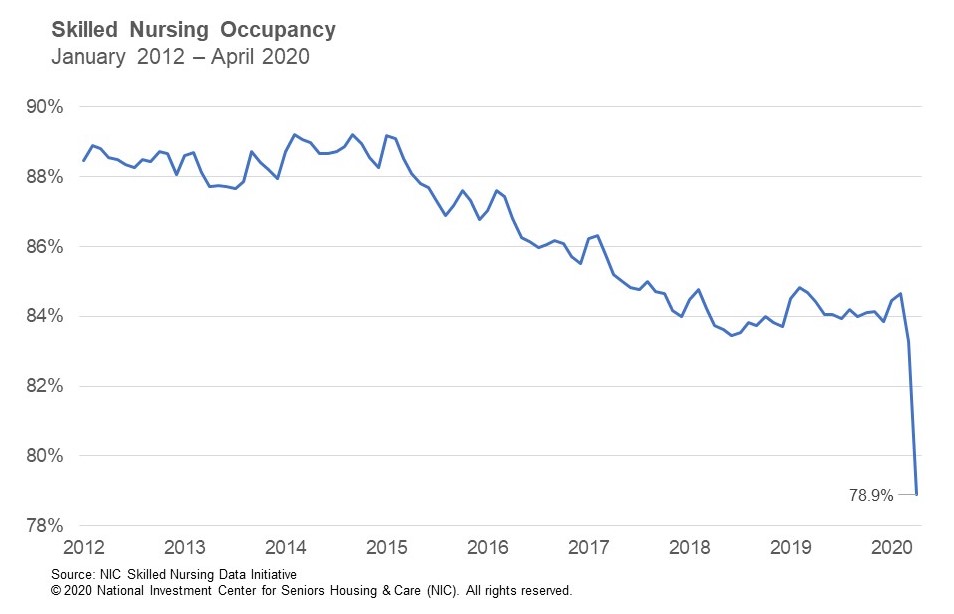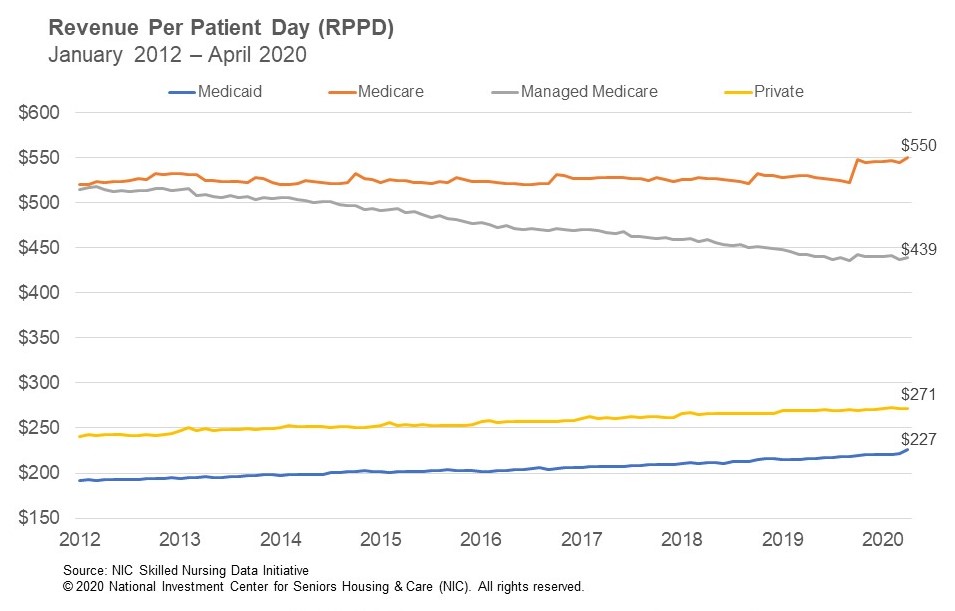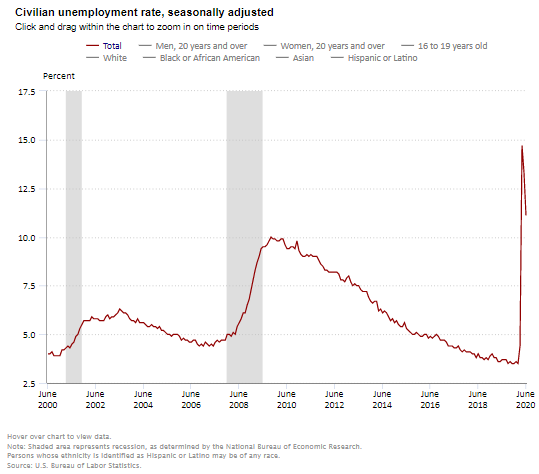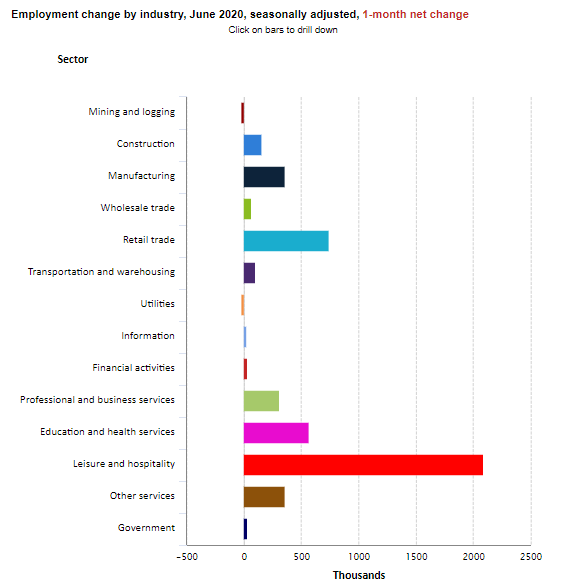Health system takes equity stake in senior living project
Prior to the COVID-19 outbreak, senior living providers already recognized the value of forming alliances with healthcare providers. Easy access to good healthcare helps residents live well and longer.
On-site clinics and insurance plans for residents have been growing in popularity over the last several years. But the pandemic has put an exclamation on the point that caring for a frail, elderly population requires close collaboration with healthcare providers. Residents cannot be kept safe without rigorous protocols and the input of experts on infection control.
Two new projects by Belmont Village Senior Living, in Florida and California, are examples of how healthcare partnerships are key today. The projects also show how the healthcare sector has growing appreciation for the value of collaboration with senior living.
In June, the City Commission of Coral Gables, Florida, approved Belmont Village Coral Gables, a mixed-use senior living community. Press reports estimate the project value at $100 million.
What’s different here is that Belmont’s equity partner isn’t a private investment firm or REIT. Instead, the partner is Baptist Health South Florida, the largest nonprofit healthcare organization in the region.
It’s not unheard of for health systems to own seniors housing, but the approach has not been widespread, and the projects tend to be limited in scope. For example, CentraState Healthcare System, a nonprofit provider in Freehold, New Jersey, operates three senior living communities.
Belmont Village Coral Gables will offer 232 apartments for independent living, assisted living and memory care, along with a three-story garage and more than 18,000-square-feet of retail and commercial space.
The ground floor of the new building will include a Healthy Living Center by Baptist Health. The Center will provide services and programs to residents as well as elders in the wider community.
“This is the first partnership of its kind,” said Patricia Will, co-founder and CEO of Houston-based Belmont Village. “Our joint venture was created to reimagine the integration of hospitality and healthcare in seniors housing.” She added that the equity stake by Baptist Health aligns the financial interests and broader missions of both organizations.
The Coral Gables project is expected to break ground in late 2020 and open near the end of 2022. It is the first in a series of communities planned for the region by Belmont Village and Baptist Health South Florida.
Commenting on the project, Will said her company never saw a dichotomy between great healthcare and great hospitality. Both elements are vital to the success of a senior living community.
The pandemic highlighted the importance of Belmont’s dual focus, said Will. For example, a number of years ago, the company partnered with the University of California, San Francisco, to develop protocols to mitigate the spread of seasonal flu.
That collaboration helped Belmont pivot and put effective processes in place to combat the COVD-19 outbreak. “When you have those kinds of partnerships going in, you are better prepared for what to do when clinical challenges present themselves,” said Will.
Collaboration takes many forms
In June, Belmont Village and residential developer Greystar broke ground on a new 17-story project in La Jolla, California. Belmont Village Senior Living of La Jolla will offer 180 units of independent living, assisted living and memory care. Harrison Street Real Estate Capital is the equity partner.
The project is Belmont’s third in the San Diego area. The company already has ties to the University of California San Diego School of Medicine. The new project is located around the corner from UCSD’s main campus.
Belmont plans to collaborate with UCSD’s Center for Healthy Aging which will have input on programming at the property. Last year, the Center launched a study on how to improve the resilience of seniors. Residents at the two existing Belmont projects in San Diego were included in the research. Results show that certain individual activities can improve the resilience of an elderly population. “We can enhance their experience,” said Will, adding that the lessons learned were carried over to residents during the lockdown.
“COVID-19 was life interrupted,” said Will, reflecting on the broader implications of the pandemic. “But we are growing our capabilities through collaboration.”

